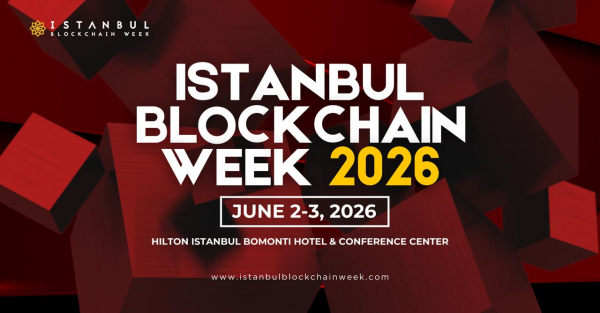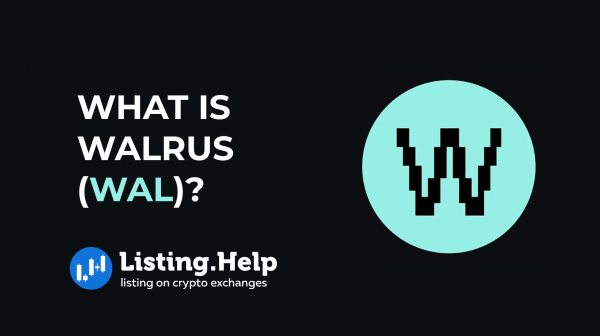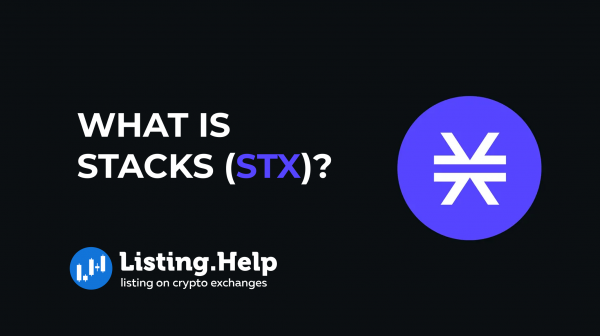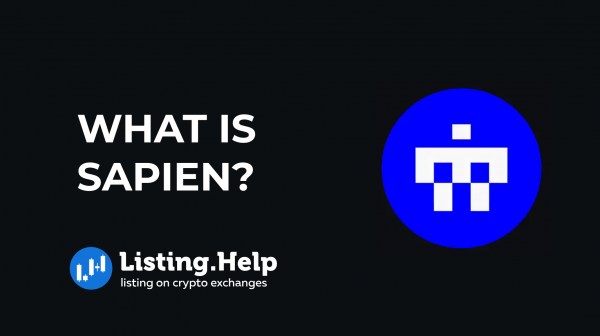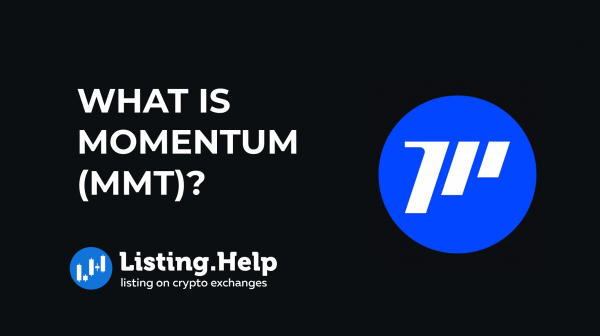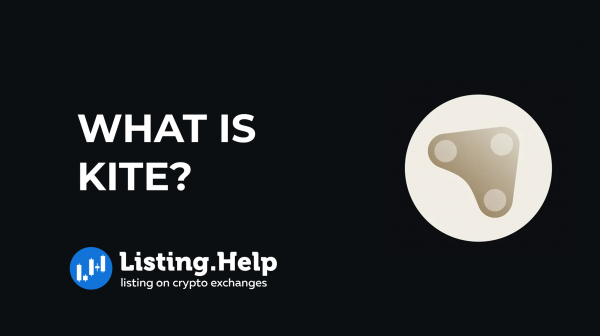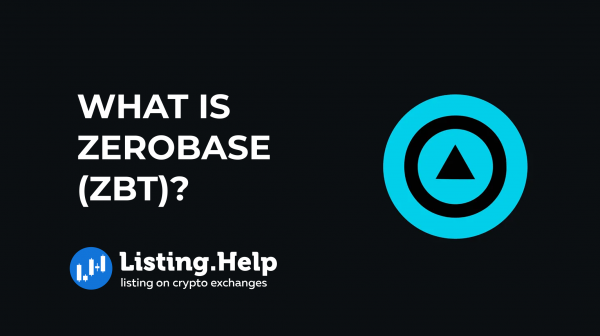What is Mitosis (MITO)?
 September 7, 2025
September 7, 2025 Updated: September 7 2025, 07:47
Updated: September 7 2025, 07:47
LEAVE A REQUEST
Launching your own token project? Our experts are ready to help with listing on exchanges, market making, marketing and other solutions
SUBMIT APPLICATIONMitosis is a Layer 1 blockchain built to make decentralized finance (DeFi) more open and usable. In many existing DeFi platforms, tokens that are deposited become locked, which reduces flexibility and capital efficiency. At the same time, early liquidity campaigns and other attractive opportunities are often closed off to smaller investors, favoring large players through private deals.
Mitosis approaches these problems by turning deposits into Hub Assets — tokenized representations that can move freely across supported chains. Instead of being stuck in a vault, these Hub Assets can be directed into community-run pools that deliver consistent returns or into targeted strategies designed for higher yield.
The system uses a three-token structure to coordinate incentives:
- MITO: The core utility token for staking, rewards, and activity within the ecosystem.
- gMITO: A governance token that gives holders voting power over upgrades, parameters, and cross-chain matters.
- tMITO: A time-locked version of MITO that gradually builds additional value.
How Mitosis Works?
Modular design
Mitosis is structured as a Layer 1 chain that separates its execution and consensus functions. The execution layer is fully compatible with the Ethereum Virtual Machine (EVM), letting developers reuse Ethereum contracts and tools to launch applications.
For consensus, Mitosis uses Proof of Stake, supported by Comet Byzantine Fault Tolerant (CometBFT) and the Cosmos SDK. CometBFT secures fast and reliable validation, while the Cosmos SDK provides a framework for creating flexible, secure blockchains. This combination allows Mitosis to take in Ethereum upgrades while also benefiting from innovations in Cosmos.
Hub Assets
The network links with Ethereum, Arbitrum, BNB Chain, and others using a hub-and-spoke setup. When you deposit tokens into a Mitosis Vault on one of these chains, you receive an equal amount of Hub Assets minted on Mitosis. These act as more versatile versions of your tokens, enabling you to move funds across the ecosystem and put them into strategies without the usual bridging or wrapping delays.
The typical flow looks like this:
- Deposit: Place tokens into a Mitosis Vault on a supported chain.
- Minting: Get an equivalent amount of Hub Assets on Mitosis.
- Allocation: Direct Hub Assets to Ecosystem-Owned Liquidity (EOL) for stable, community-driven yields, or to Matrix for higher-potential curated campaigns.
- Receive tokens: Earn miAssets from EOL or maAssets from Matrix, each representing your stake in that strategy.
- Rewards: As strategies generate returns, the system mints Hub Assets and distributes them back through a transparent proof-based method.
Key Features of Mitosis
Ecosystem-Owned Liquidity (EOL)
EOL allows participants to pool funds and let the community decide how liquidity is deployed. Depositors receive miAssets that represent their share and automatically earn yields across different chains. This structure removes the need to constantly move funds while giving individuals access to larger-scale opportunities, along with a role in governance.
Matrix
Matrix gives users access to structured DeFi campaigns. Depositing Hub Assets here issues maAssets, which immediately start earning yields. Each campaign lays out what assets are supported, how rewards will be distributed, and the risks involved. This transparency lets participants choose strategies that fit their goals while offering protocols a way to secure liquidity under fair, open terms.
Liquidity Booster
The Liquidity Booster program adds extra incentives on top of regular yields. By depositing through the Binance Wallet App, participants can earn additional MITO rewards while also directing liquidity to newer decentralized applications. This creates another layer of benefit for users while strengthening the ecosystem’s growth.
Mitosis Tokens
gMITO
gMITO is the governance token of Mitosis. It is earned by staking MITO or through validator activity and can always be converted back into MITO on a one-to-one basis. The number of gMITO tokens held determines the holder’s voting power in governance. With gMITO, participants can take part in decisions on protocol upgrades, parameter adjustments, and cross-chain operations, giving the community direct influence over how the network develops.
tMITO
tMITO is a time-locked form of MITO, first introduced in the Genesis Airdrop. It functions much like a bond: while locked, it can still be used for staking, liquidity pool trading, or as collateral. After 180 days, each tMITO unlocks into 2.5 times the original MITO allocation, along with bonus rewards. This structure supports long-term engagement while still leaving room for holders to put their tokens to work during the lock-up period.
MITO
MITO is the native utility token of the Mitosis ecosystem. It powers staking, rewards, and network activity. By delegating MITO to validators, users contribute to chain security and receive rewards in return. MITO is also central to governance, since staking it generates gMITO, which is required for voting on protocol matters. The MITO token is listed on many platforms, including BingX, BitMart, PancakeSwap and MEXC. If you’re looking to list your token on similar platforms, understanding the token listing process and crypto exchange listing fees is essential.
Use Cases of Mitosis
The main ways MITO is used include:
- Governance: Through Morse DAO, MITO holders can vote on decisions within the protocol.
- DeFi staking and yield farming: Users stake MITO or supply liquidity to earn yields and incentives.
- Liquidity provision: Mitosis vaults enable users to provide liquidity across DeFi protocols and capture returns while improving capital efficiency.
- Cross-chain access: With miAssets, liquidity can move freely across multiple blockchains, creating broader yield opportunities.
Conclusion
Mitosis aims to expand the flexibility of DeFi liquidity. Deposits are transformed into Hub Assets, which can move across chains and be placed into structures such as Ecosystem-Owned Liquidity (EOL) or Matrix. These options allow participants to choose between steady, community-managed returns or curated strategies with transparent conditions and reward models.

For more insights and updates on the crypto world, don’t forget to check out our blog at Listing.Help.




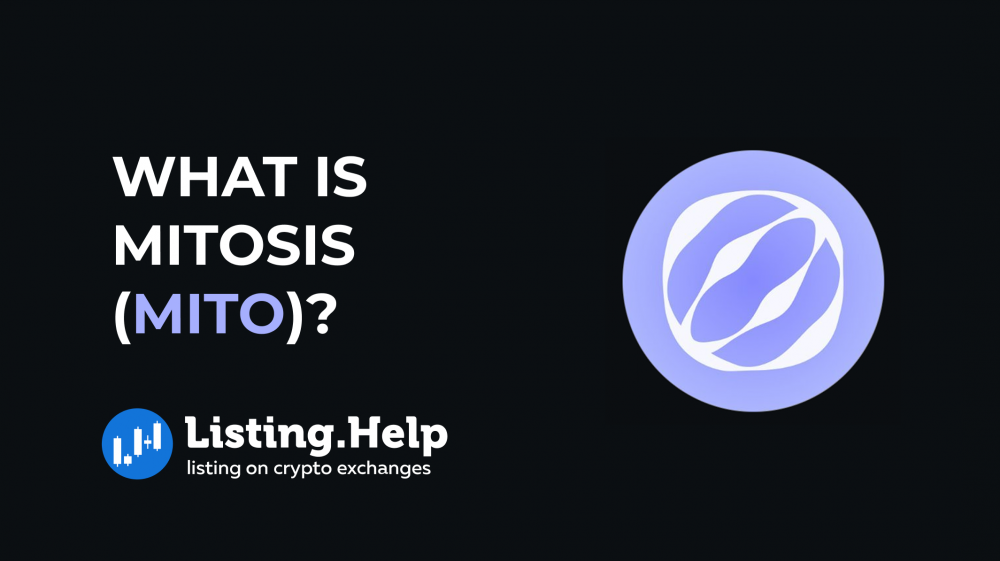

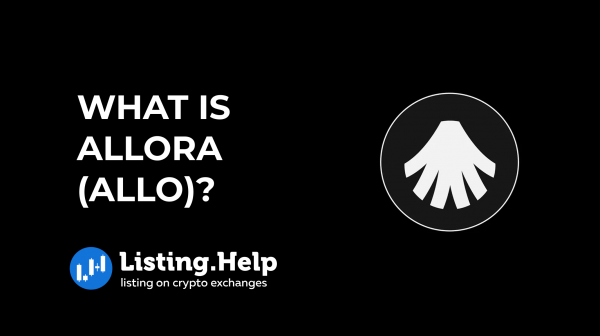
 December 29, 2025
December 29, 2025 